A degree in physics or energy can set you up for the future — especially if it’s one from the University of Otago. Located in the city of Dunedin, a vibrant university town, the Department of Physics was the first established in New Zealand and a foundation discipline when the university opened in July 1871. It also was the first University in Australasia to offer an undergraduate degree focused on Sustainable Energy. From day one, it has been offering the highest quality of education and research of international excellence — drawing scores of talented students and staff from all over the world.
Senior Lecturer Dr. Annika Seppälä, an expert in interdisciplinary climate-related research, is one of them. From Finland, she first visited New Zealand for a collaboration with an internationally well-known space physics professor and fell in love with the country.
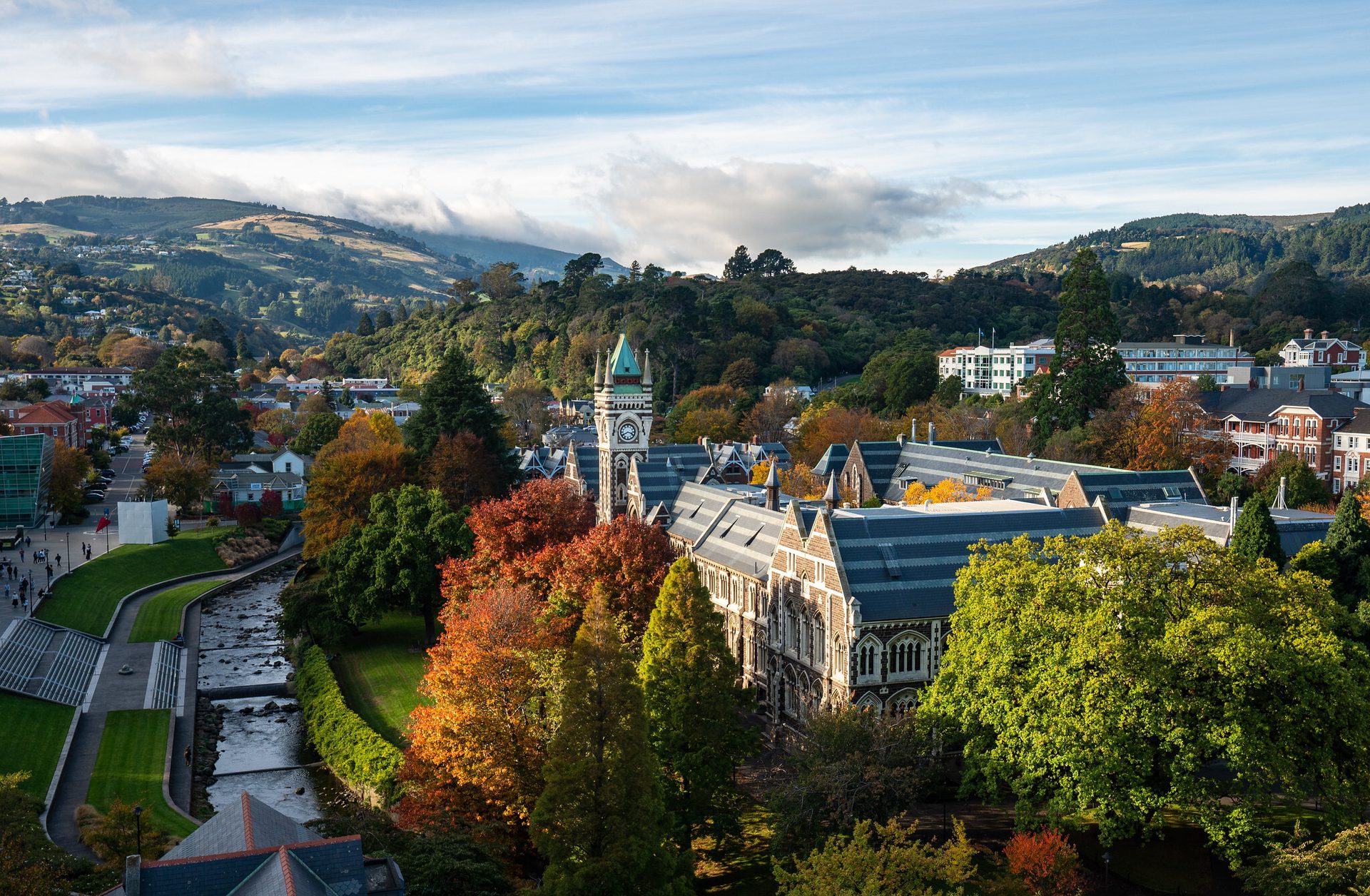
Seppälä then completed her PhD in Finland, a Marie Curie Fellowship to work at the British Antarctic Survey in the UK and later an Academy Fellowship to start her own research group at the Finnish Meteorological Institute, she continued working on research with collaborators at Otago. “and when the department advertised for an academic faculty position, I applied” she says.
Experiential learning
At the University of Otago, Physics students explore the universe from the largest galaxies to the smallest subatomic particles and Energy students learn to apply physics to solving energy and environmental problems. Today, Seppälä lectures on upper atmosphere and space physics and environmental physics and leads research in solar influences on climate via impact of solar energetic particle forcing on the polar atmosphere.
“The understanding of how the Earth works, where we get the energy that warms the planet to a nice habitable temperature (and why we currently have an imbalance in it that drives climate change), and how different parts of the whole system are connected, all have their foundations in physics,” she says. “There’s a reason why all physics studies start with the fundamentals, and we start building on that to learn more deeply about specific topical areas as we go further and begin branching into different disciplines.”
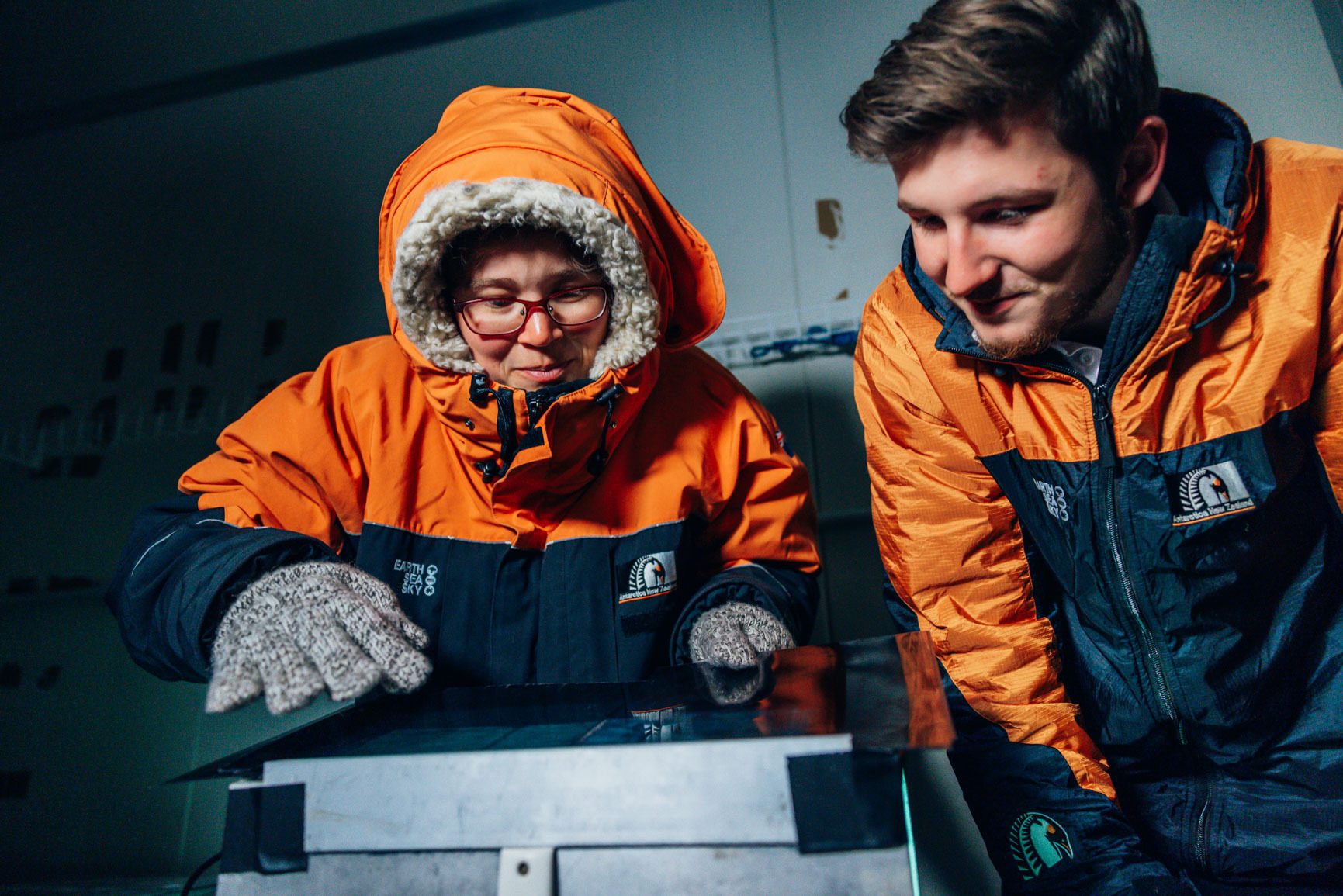
Studying Physics at the University of Otago also makes you a problem solver. Being agile and able to analyse prepares you to join many careers, from Engineering and Robotics to Computer Science and Energy Science and Technology. All of this is possible because students here often get to apply theory to practice. “We offer several key courses/papers that have a significant laboratory component, where students get to do hands-on experiments to see how theoretical aspects behave in practice,” says Seppälä.
This aligns to another focus of the department around methods to harness renewable energy resources, like wind, wave and solar, which all originally stem from the Sun’s energy.
Summer research bursaries allow students to join one of the physics and energy research groups to experience even more hands-on research over the summer break. “For example, they get to work in an active research lab with some very specialised and expensive equipment,” says Seppälä. “In my group, summer bursary students work with atmospheric satellite data and climate model projections and learn how to analyse and interpret what these mean for the Earth system.”
Professors are not the only ones who feel the impact and prestige of the University of Otago’s Department of Physics. The students, too, believe that it is one of the best schools to both explore the physics of the world and apply physics to solving the world’s most pressing problems.
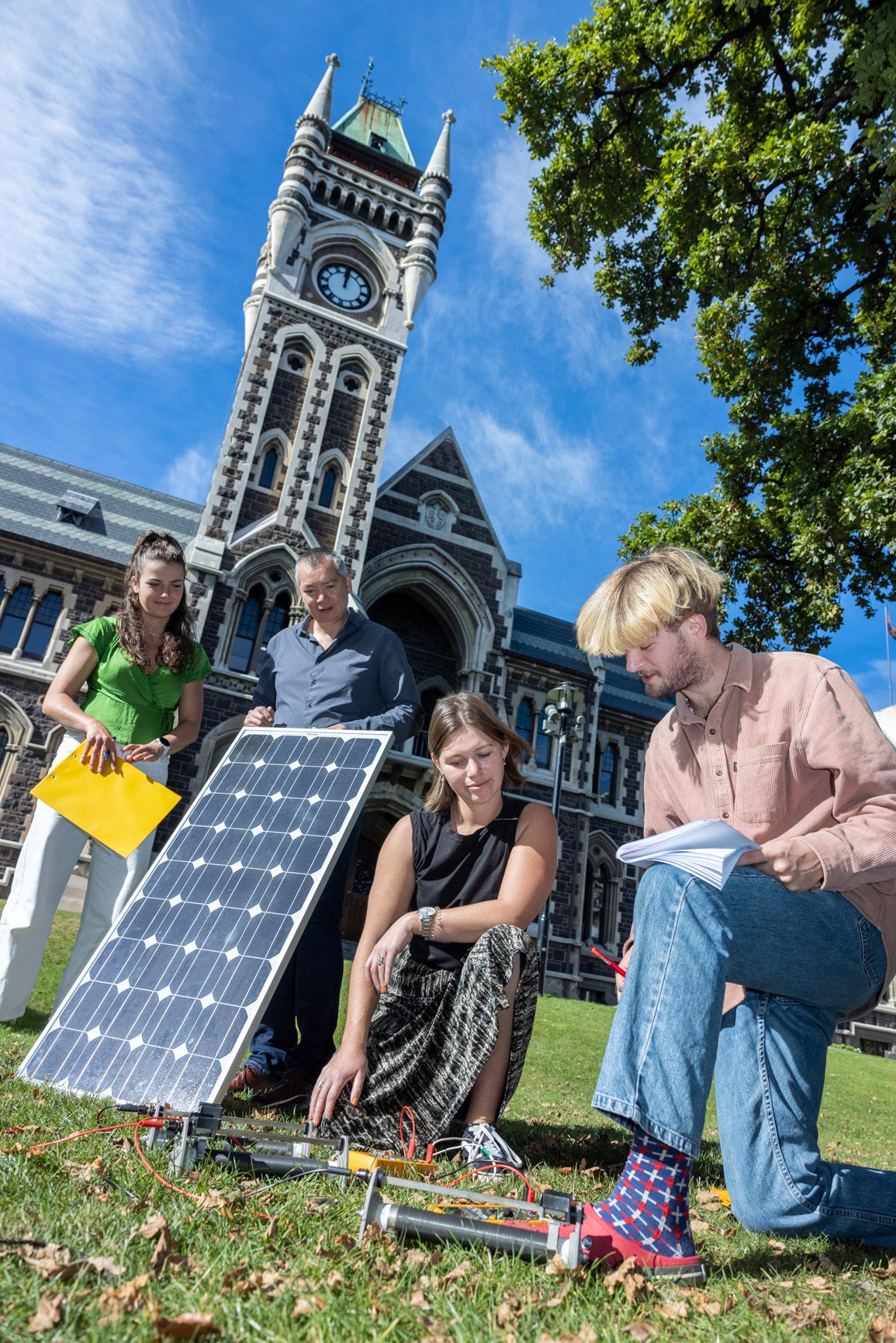
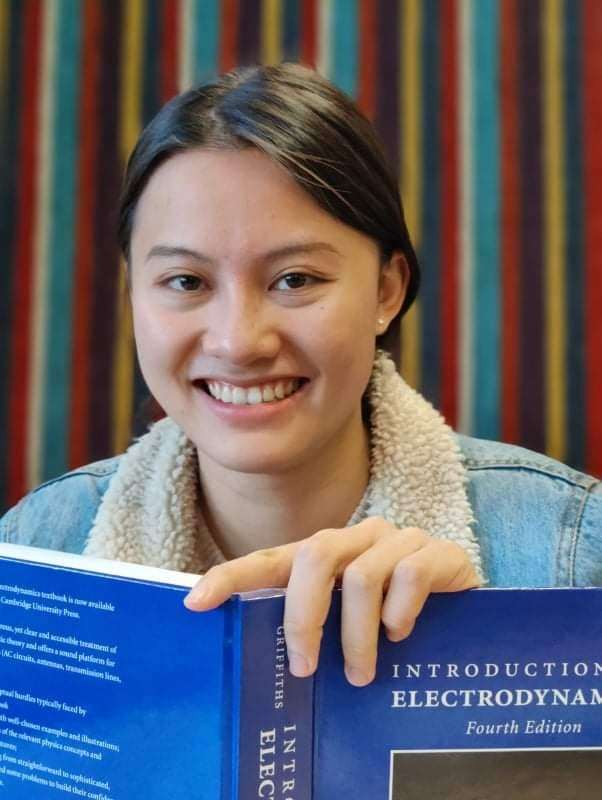
Grace (Qianxizi) Yue
Bachelor of Science in Physics

Ngaio Fulton
Bachelor of Science in Energy Science and Technology
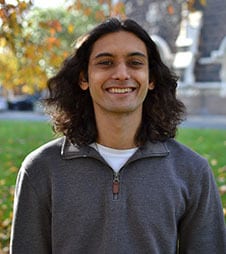
Nico Hackner
Bachelor of Science with Honours in Physics
Meet the students of the Department of Physics and the Energy Science Programme
Discover about University of Otago

Copyright © 2023 Study International, official representative of University of Otago, Department of Physics

